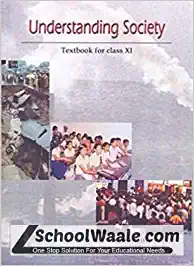Chapter 2 – Social Change and Social Order in Rural and Urban Society Questions and Answers: NCERT Solutions for Class 11 Sociology(Understanding Society)
Class 11 Sociology(Understanding Society) NCERT book solutions for Chapter 2 - Social Change and Social Order in Rural and Urban Society Questions and Answers.




